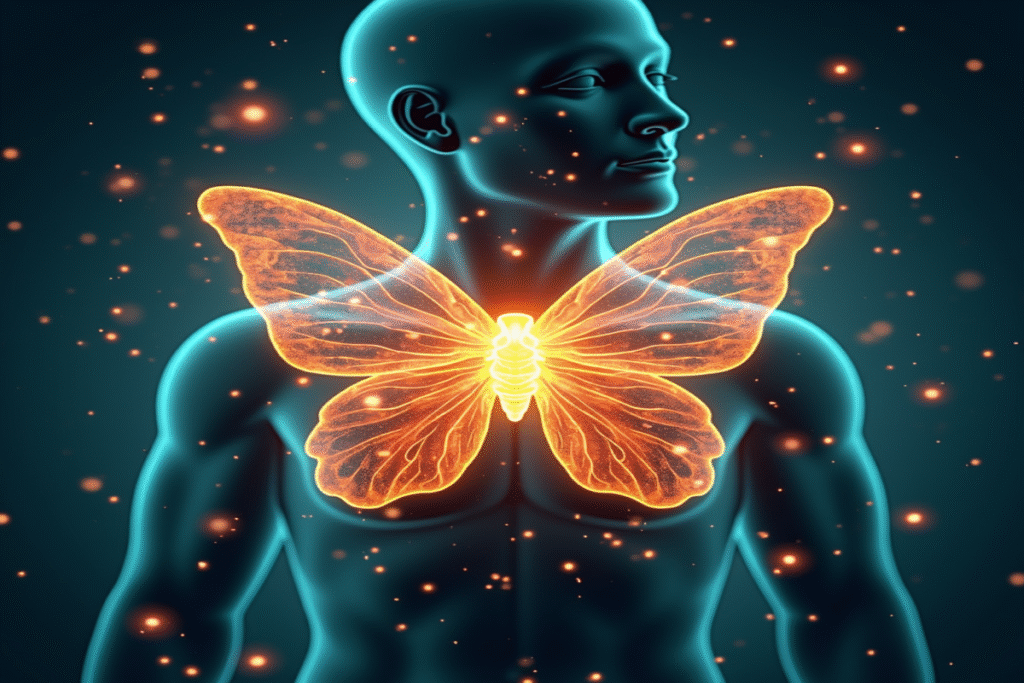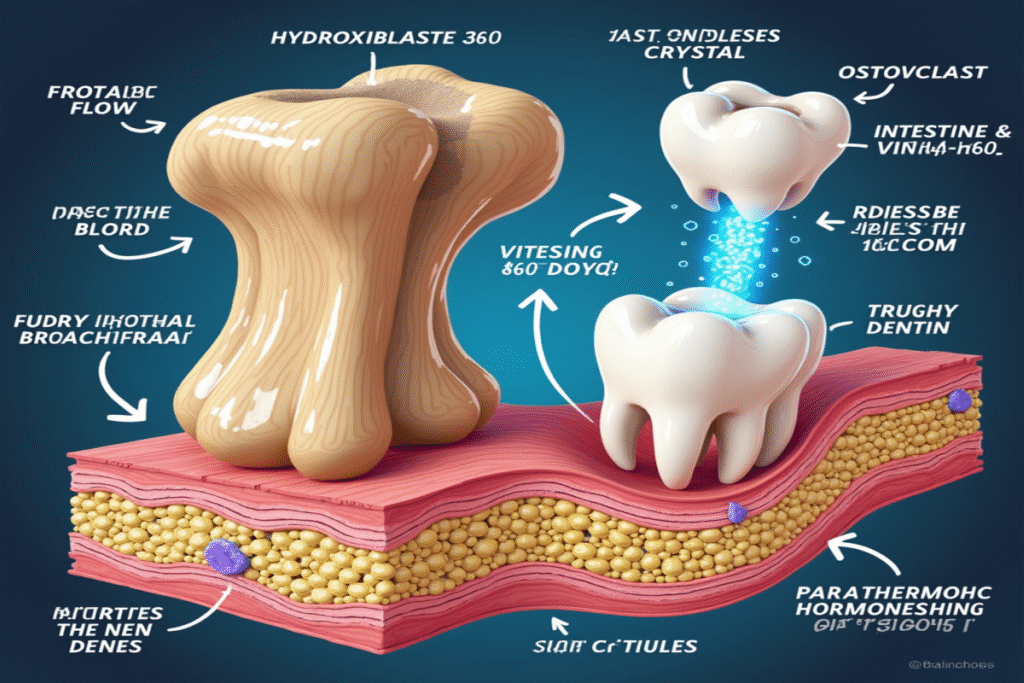Imagine enduring temperatures that plummet to -40°F (-40°C), where biting winds sweep across endless ice sheets and darkness reigns for months. This is the daily reality for the majestic polar bear, Earth’s largest land predator and a marvel of cold-weather adaptation.
Nature’s Perfect Insulation System
Contrary to popular belief, polar bear fur isn’t actually white—it’s transparent and hollow. Each hair acts as a tiny fiber optic that channels sunlight directly to their black skin, which absorbs warmth. This specialized fur appears white because it reflects visible light, providing perfect camouflage while serving as an extraordinary insulation system.
Beneath this outer coat lies a dense, woolly undercoat that traps insulating air. But the bear’s thermal secret weapon is its blubber—a 4.5-inch (11.5 cm) thick layer of fat that insulates so effectively that polar bears can overheat instead of freeze, even when swimming in icy Arctic waters. This blubber also stores energy for times when seals, their main prey, are scarce.
Circulatory Marvels and Metabolic Magic
Perhaps most fascinating is the polar bear’s circulatory system, which uses “countercurrent heat exchange”—a clever mechanism where arteries and veins run side by side but in opposite directions. Warm blood flowing from the core transfers heat to the cooler blood returning from the extremities, recycling heat and preventing critical loss through their paws that touch the ice.
Their paw pads contain many arteriovenous anastomoses—special blood vessels that can divert blood away from surface tissues when needed, reducing heat loss. Scientists have observed that a polar bear’s paw temperature can drop to just above freezing while their core stays at a comfortable 98.6°F (37°C).
Metabolic Mastery
Unlike other bears, polar bears don’t hibernate. Instead, they have evolved a metabolism that adjusts to changing food availability. During abundant hunting seasons, they can consume and store massive amounts of energy—a single seal can provide up to eight days’ worth. During scarce times, they enter a “walking hibernation,” lowering their metabolic rate by about 27% while staying active.
Pregnant females take this further by building snow dens, where they enter a hibernation-like state. Inside these dens, their breath and body heat create a microclimate that stays around 32°F (0°C) even when outside temperatures fall below -40°F (-40°C).
Evolutionary Wonders on Fast-Forward
These adaptations are especially remarkable considering how quickly they developed. Polar bears diverged from brown bears only about 500,000 years ago, a short time on the evolutionary scale. Their rapid specialization is one of the fastest examples of adaptive evolution seen in large mammals.
Their body shape also shows cold adaptation—small ears and tail reduce heat loss, while their long neck and body help them hunt seals through ice holes. Their enlarged liver can process the vitamin A-rich seal blubber that would be toxic to other animals.
Challenges in a Warming World
The same adaptations that make polar bears Arctic survivors also make them vulnerable to climate change. Their super-efficient insulation can cause overheating as the temperatures rise, especially when they move quickly. Melting sea ice means fewer hunting grounds, forcing bears to swim longer distances between food sources, a challenge even for these skilled swimmers.
As we continue to study these incredible animals, their adaptations inspire new ideas in everything from insulation materials to energy-efficient heating. The polar bear stands as nature’s lesson in surviving the hardest environments, showing how evolution can solve even the toughest challenges.





